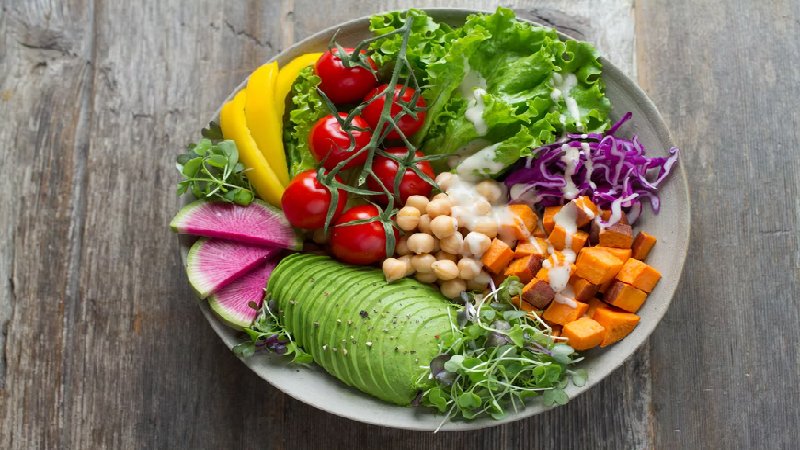Featured
- Get link
- X
- Other Apps
Always eat in an atmosphere that is as peaceful and relaxed as possible
Always eat in an atmosphere that is as peaceful and relaxed as possible , sitting at the table and always setting the table; never neglect this aspect. During the meal, keep the focus on the act of eating without distractions with electronic devices (TV, PC, video games , Tablet or smartphone).
Always chew for a long time : the gastrointestinal phase
that takes place in the mouth is of fundamental importance. Drink slowly and,
during meals, in moderate quantities, one or two glasses of water are
sufficient for the meal, the rest during the day modulating the volumes
according to the external temperature and the physical activity carried out.

Fed at breakfast like a prince (meal not abundant in
quantity but rich in nutrients and energy), at lunch like a bourgeois (more
abundant and always balanced meal), at dinner like a beggar (meal based mainly
on vegetables with whole grains and legumes in order to have a low energy
density).
Each meal must be complete and must consist of a base of
foods rich in carbohydrates ( bread , pasta, rice (preferably wholemeal),
polenta , spelled , barley , cous-cous,
baked goods and other starchy products ) accompanied by proteins
(legumes , cheeses, fish , meats, eggs , nuts ), fats ( extra virgin olive oil
), vitamins and minerals(vegetables, fruit). If you have little time, the
single dish is useful: brown rice , lentils and carrots with extra virgin olive
oil, for example, using herbs and spices to limit the salt .
Better not
to combine several protein foods (legumes, meat, fish , eggs, cheeses, nuts) at
the same time: they require very different digestive environments .
Prefer foods of vegetable origin to those of animal origin:
as fats choose extra virgin olive oil, as proteins prefer legumes ( beans ,
lentils, broad beans , chickpeas , peas ) and dried fruit (walnuts, hazelnuts
and almonds in particular ).
Limit the consumption of meat and its derivatives of any
type to a maximum of 4 meals per week and at the same time increase the
consumption of legumes. Avoid sausages of unknown origin and, in particular,
sausages and canned meat stored at room temperature. Do you prefer ham (raw,
cooked and smoked ham more and
eliminating the fat visible) or bresaola and consumes the meat cooked "the
blood ", choosing cuts lean and eliminating more visible fat and parts
blackened by cooking .
menshealthupdates womensdayblog usweeklyblog myfavouriteceleb technologydominator
- Get link
- X
- Other Apps

